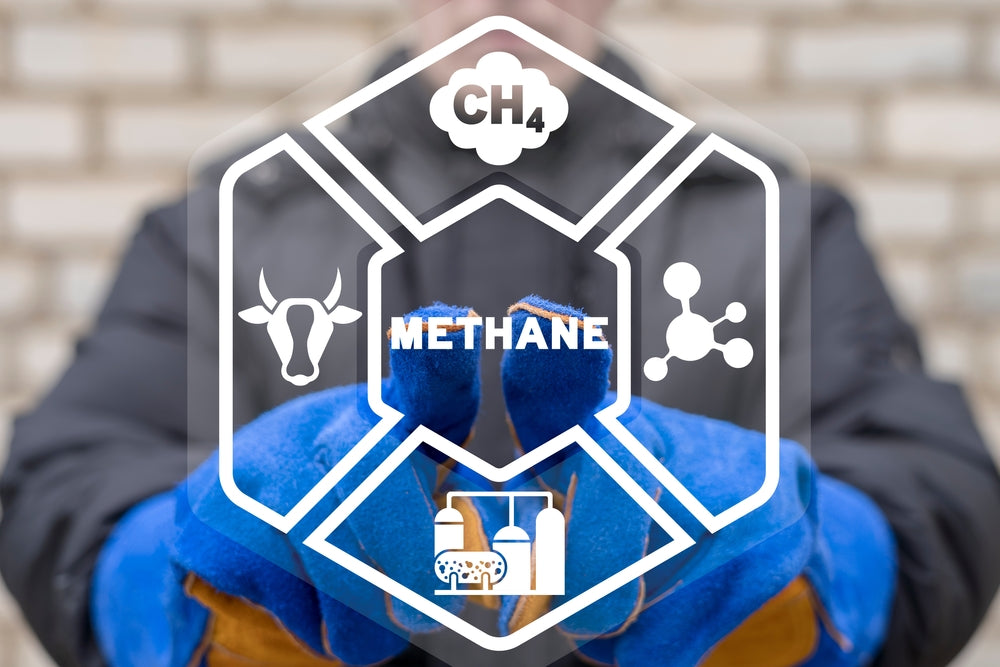
Sealing Cable Ducts to Resist Methane - CH4
Introduction:
Methane, a potent greenhouse gas and a significant component of natural gas plays a crucial role in various industries, including water treatment plants. While methane is valuable as an energy source, its presence in infrastructure poses potential risks, especially when it comes to cable ducts. In this blog post, we will explore the importance of sealing cable ducts in environments where methane is present, with a focus on water treatment plants and other industries. Understanding the potential hazards and implementing preventive measures is essential for maintaining the safety and integrity of our critical infrastructure.
The Methane Challenge:
Methane, CH4, is a colourless and odourless gas that, when released into the atmosphere, contributes to climate change. In industrial settings like water treatment plants, methane is often present as a byproduct of biological processes or as a component of natural gas used for power generation. One often overlooked concern is the migration of methane through cable ducts, which are pathways designed for the installation of electrical and communication cables. This migration poses a serious risk to the safety and functionality of infrastructure.
The Risks of Methane Migration:
Methane migration through cable ducts can have several adverse effects:
Safety Hazards:
Uncontrolled methane migration increases the risk of explosions and fires, posing a direct threat to personnel and the surrounding environment. Methane is highly flammable, and in the presence of an ignition source, it can lead to catastrophic consequences.
Infrastructure Integrity:
Methane can corrode and degrade the materials used in cables and electrical components. Over time, this can compromise the structural integrity of the infrastructure, leading to potential failures and disruptions.
Environmental Impact:
Methane emissions contribute to global warming, and any uncontrolled release into the atmosphere exacerbates climate change. Sealing cable ducts is not only about protecting infrastructure but also about mitigating the environmental impact of methane leaks.
The Role of Cable Duct Sealing:
Sealing cable ducts is a critical preventive measure to mitigate the risks associated with methane migration. Here's why it matters:
Containment of Methane:
Sealed cable ducts prevent the migration of methane, containing it within designated areas. This containment is essential for controlling the concentration of methane and reducing the likelihood of leaks.
Enhanced Safety Measures:
By sealing cable ducts, the risk of methane-related incidents such as explosions and fires is significantly reduced. This ensures the safety of personnel and minimizes the potential for damage to infrastructure.
Long-Term Infrastructure Protection:
Proper sealing protects cables and electrical components from the corrosive effects of methane, extending the lifespan of infrastructure and minimizing maintenance costs.
Environmental Stewardship:
Sealing cable ducts aligns with environmental stewardship by preventing the release of methane into the atmosphere. This proactive approach contributes to the reduction of greenhouse gas emissions and supports sustainable practices.
Conclusion:
In conclusion, the sealing of cable ducts in environments where methane is present is a crucial step in safeguarding infrastructure, ensuring the safety of personnel, and promoting environmental sustainability. As industries continue to grapple with the challenges of methane management, adopting preventive measures such as cable duct sealing becomes imperative. By doing so, we not only protect our critical infrastructure but also contribute to a safer and more sustainable future.
To learn more about sealing cable ducts against Chlorine gas, please: CLICK HERE
To learn more about sealing cable ducts against Hydrogen Sulfide, please: CLICK HERE
Written by Carl Pike - The Duct Sealing Man
